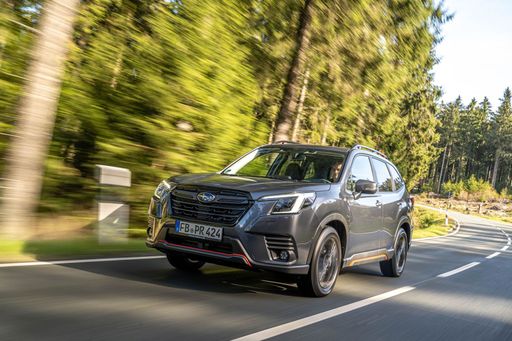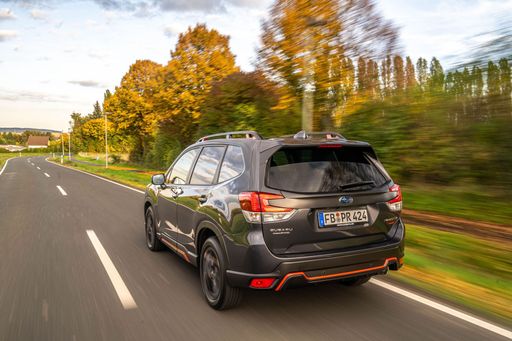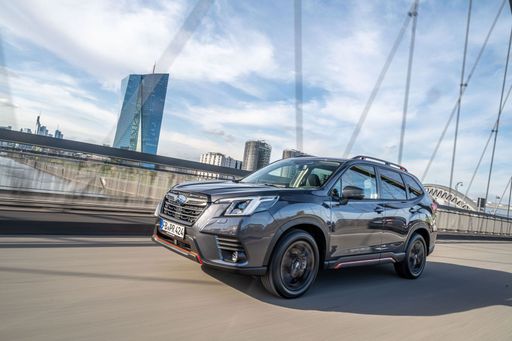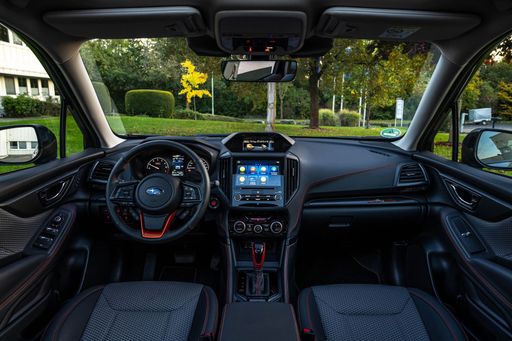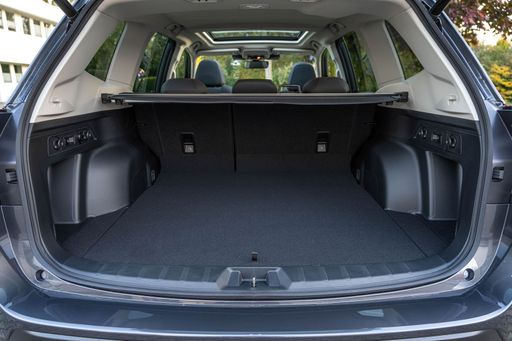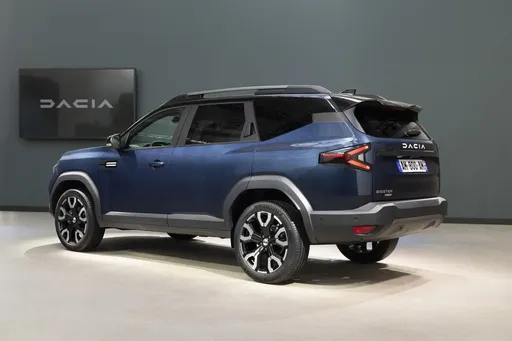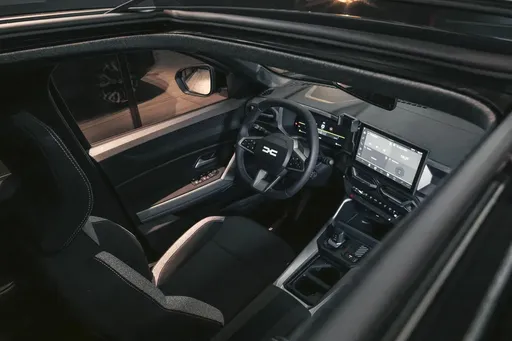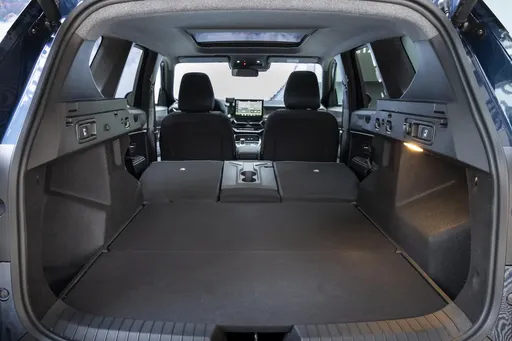Subaru Forester vs Dacia Bigster: The Battle of the SUVs
In the ever-evolving landscape of SUVs, two models have captured the attention of adventurers and family-oriented drivers alike: the Subaru Forester and the yet-to-be-launched Dacia Bigster. Both vehicles promise versatility and innovation, but how do they truly compare? Dive into our detailed comparison to discover the strengths and features of each.


